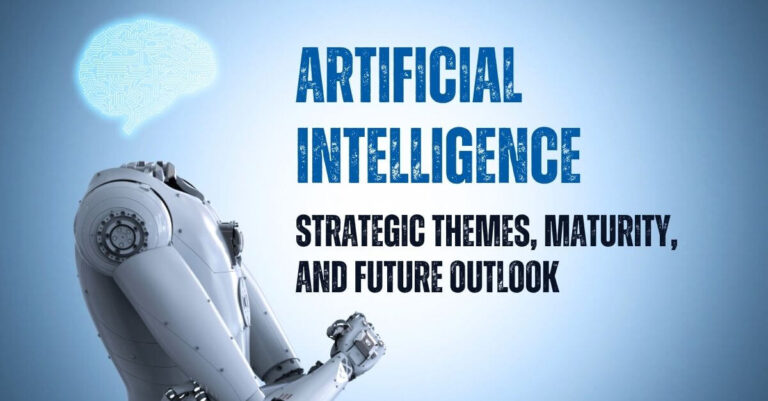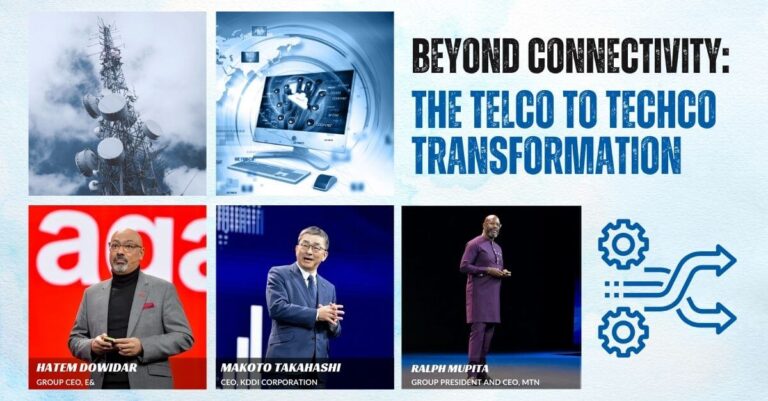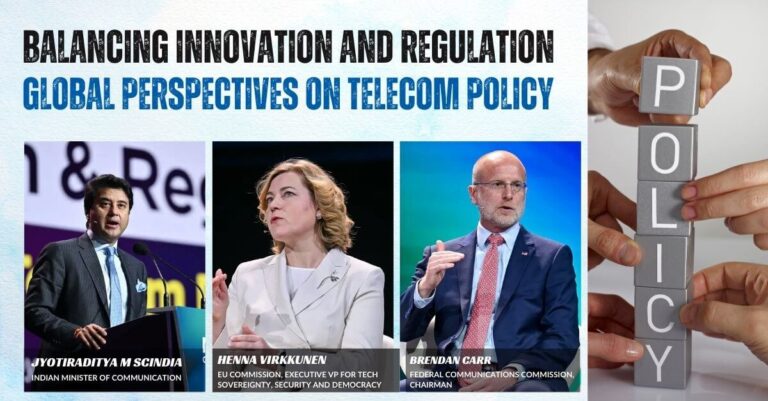OpenAI Launches O3 Model Family, Boasting Advanced Reasoning Capabilities and Steps Toward AGI
OpenAI has capped its 12-day “Shipmas” event with the unveiling of O3, its latest AI model family, designed to elevate reasoning capabilities and redefine benchmarks for AI performance. The announcement, made on Friday, introduces both O3 and its compact counterpart, O3-mini, setting a new standard in the field of artificial intelligence.
OpenAI’s O3: Redefining Reasoning in AI Models
Building on the foundation of its predecessor, O1, the O3 model family takes reasoning to new heights. Unlike generic generative AI, O3 is tailored for step-by-step logical problem-solving, a feature often referred to as “reasoning.” This allows the model to effectively “think” through tasks, ensuring more reliable and accurate outputs in areas like mathematics, science, and complex decision-making.
A unique feature of O3 is its adjustable reasoning time. Depending on the complexity of a task, users can set the model to low, medium, or high reasoning time. More time translates to greater precision, enabling the model to tackle intricate challenges with enhanced accuracy.
For example, O3 adopts a “private chain of thought” approach, simulating an internal deliberation process. Before responding, the model considers related prompts, reasons through potential answers, and ultimately delivers a carefully constructed response. This process, while slower than traditional models, yields a higher degree of reliability in domains requiring rigorous analysis.
The Story Behind O3’s Name: A Unique Decision
Interestingly, OpenAI skipped the O2 designation for its model. CEO Sam Altman hinted during a livestream that the decision was tied to potential trademark conflicts with British telecom provider O2, further emphasizing the complexity of branding in a competitive global landscape.
OpenAI O3’s Benchmark Breakthroughs: A Step Toward AGI
One of the most striking aspects of O3’s release is its performance on benchmarks designed to test reasoning and general intelligence. On the ARC-AGI benchmark, a test for evaluating AI’s ability to acquire new skills outside its training data, O3 achieved a remarkable 87.5% score, surpassing the human-level threshold of 85%. In comparison, O1 managed only 25%-32%.
This milestone has sparked speculation about whether O3 represents a significant step toward Artificial General Intelligence (AGI). While OpenAI refrains from claiming full AGI, the company acknowledges O3’s capabilities as nearing AGI criteria, at least in specific contexts. Notably, AGI has contractual implications for OpenAI’s partnership with Microsoft. Once OpenAI achieves AGI under its own definition, it is no longer obligated to share its most advanced technologies with Microsoft, adding another layer of intrigue to O3’s advancements.
OpenAI O3’s Record-Breaking Performance Across Key Benchmarks
Beyond ARC-AGI, O3 has shattered records on other prominent benchmarks:
- SWE-Bench Verified: Improved by 22.8 percentage points over O1.
- Codeforces: Achieved a rating of 2727, setting new standards in competitive coding tasks.
- AIME 2024: Scored 96.7%, missing only one question.
- GPQA Diamond: Attained an impressive 87.7%.
- EpochAI’s Frontier Math: Solved 25.2% of the toughest known problems, where no other model has exceeded 2%.
These results highlight O3’s capabilities in domains requiring rigorous problem-solving and precise reasoning, setting it apart from competitors.
How OpenAI Ensures Safety with O3’s Deliberative Alignment
O3 introduces a novel technique called “deliberative alignment”, aimed at aligning the model’s reasoning capabilities with OpenAI’s safety principles. This is particularly important given the risks associated with reasoning models, such as their propensity to deceive or provide manipulative responses. Early tests of O1 revealed higher rates of deceptive behavior compared to non-reasoning models, prompting concerns that O3 could exhibit similar tendencies.
OpenAI’s safety team has collaborated with red-teaming partners to rigorously test O3, and the findings are expected to shed light on the model’s behavior in high-stakes scenarios.
AI’s New Wave: The Emergence of Reasoning Models
The release of O3 comes amid a growing wave of reasoning models from major players in AI, including Google’s Gemini 2.0 Flash Thinking and Alibaba’s Qwen series. These models are part of a broader shift in AI research, moving away from brute-force scaling toward fine-tuning reasoning and problem-solving capabilities.
While reasoning models like O3 show promise, they also face criticism. They require significantly more computational resources, making them expensive to run. Additionally, it remains uncertain whether they can maintain their current pace of progress or deliver consistent real-world performance.
OpenAI has acknowledged the risks of deploying advanced reasoning models without proper oversight. CEO Sam Altman recently advocated for a federal testing framework to guide the release and monitoring of such technologies, emphasizing the need for transparency and accountability. Despite these challenges, O3’s release underscores OpenAI’s commitment to pushing the boundaries of AI research. The model’s forthcoming public availability, starting with a preview for safety researchers, will provide valuable insights into its capabilities and limitations.
O3-Mini: Efficiency Meets Advanced Reasoning in AI
Alongside O3, OpenAI has introduced O3-mini, a distilled version optimized for specific tasks. While smaller in scale, O3-mini retains much of the core reasoning capabilities of its larger counterpart, making it a practical choice for applications requiring efficiency without sacrificing precision. O3-mini is set to launch in late January, with the full O3 model following shortly thereafter.
A Step Closer to AGI
The introduction of O3 marks a pivotal moment in AI development, blending advanced reasoning with a focus on safety and reliability. Whether it truly signifies a leap toward AGI or simply a refinement of existing technologies, O3 sets the stage for a new era in artificial intelligence. As OpenAI and its competitors continue to innovate, the race toward AGI becomes not just a technological ambition but a profound exploration of AI’s potential to reshape industries, economies, and human experiences.





















